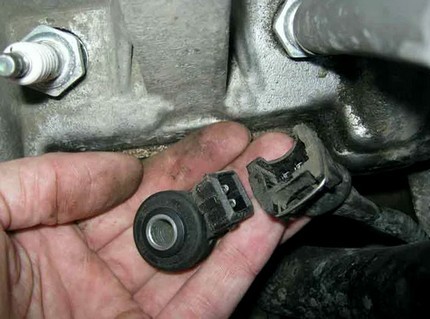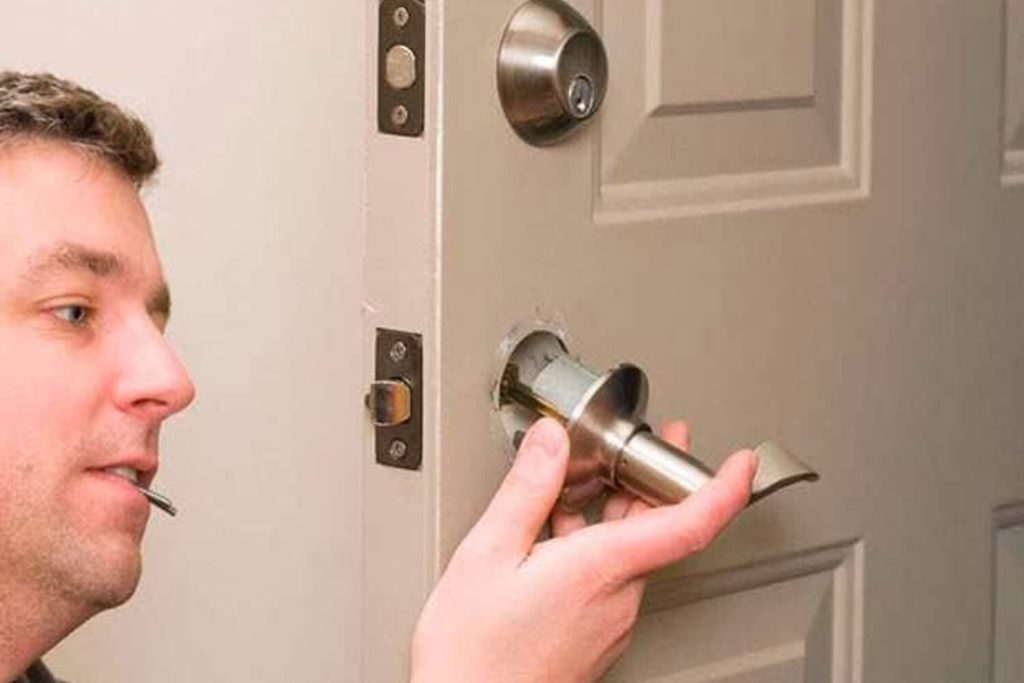
Symptoms of a Faulty or Faulty Brake Booster
Content
If you notice that the brake pedal is difficult to depress, causing the engine to stall or taking longer to stop the vehicle, the brake booster is defective.
The purpose of the brake booster is to provide power to the braking system, meaning you don't have to put a lot of effort on the brakes to actually engage. The brake booster is located between the brake pedal and the master cylinder and uses vacuum to overcome fluid pressure in the brake system. If your brakes are not working properly, the vehicle cannot be driven. The brake booster is an integral part of the brake system, so pay attention to the following 3 symptoms so that they can be repaired right away:
1. Hard brake pedal
The main symptom of a faulty brake booster is an extremely hard to press brake pedal. This problem may come on gradually or appear all at once. In addition, the brake pedal will not return to its original position after being pressed. As soon as you notice that the brake pedal is hard to press, have a professional mechanic replace the brake booster. It is extremely important that the brake booster malfunction be repaired quickly - it is not safe to drive a car with a faulty brake booster.
2. Increased stopping distance
Along with a hard brake pedal, you may notice that the vehicle takes longer to actually stop. This is because you don't get the actual increase in power needed to bring the car to a proper stop. A longer stopping distance can be dangerous in all weather because it can make your car unpredictable. This problem should be addressed by a mechanic as soon as you notice it.
3. Engine stalls when braking.
When the brake booster fails, it can create excess vacuum in the engine. This happens when the diaphragm inside the brake booster fails and allows air to bypass the seal. Then the brakes are applied, the engine seems to stall, and the idle speed may drop. In addition to reduced braking performance, a stalled engine can cause serious problems.
Test the booster
Since most cars use a vacuum system, the brake booster can be tested at home. Follow the following 3 steps:
With the engine off, bleed the brakes five or six times is enough. This drains the accumulated vacuum.
Start the engine by lightly depressing the brake pedal. If your brake booster is working properly, the pedal will drop a little, but then become hard.
If your brake booster is not working properly, nothing will happen, or the brake pedal will press against your foot after starting the engine. This could be a sign of a problem with the brake booster or a problem with the vacuum hose.
If you notice that the brake pedal is hard to press, higher than usual, and your car takes longer to stop, have a mechanic inspect it to be safe on the road. If necessary, the mechanic will replace the brake booster in a timely manner so that you can safely drive your car again.

